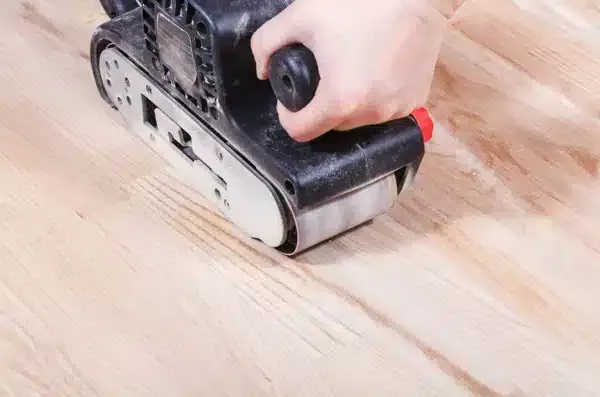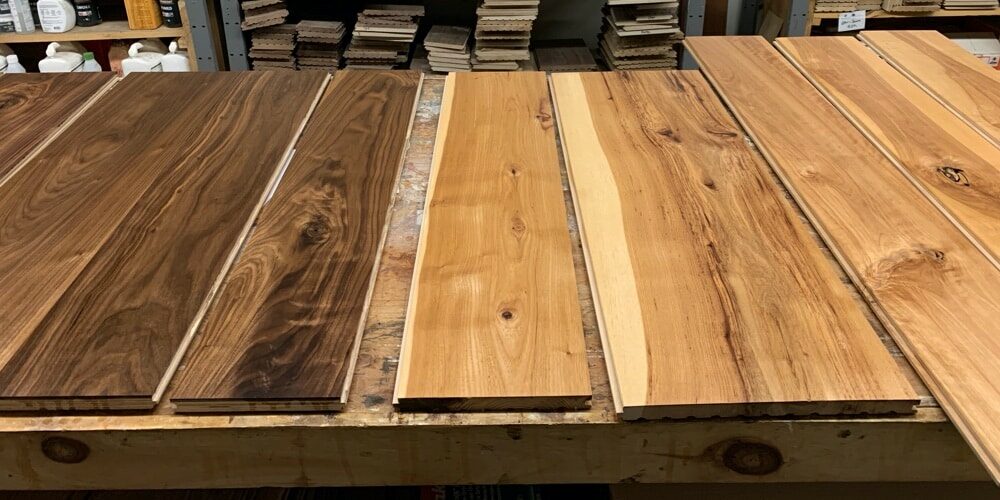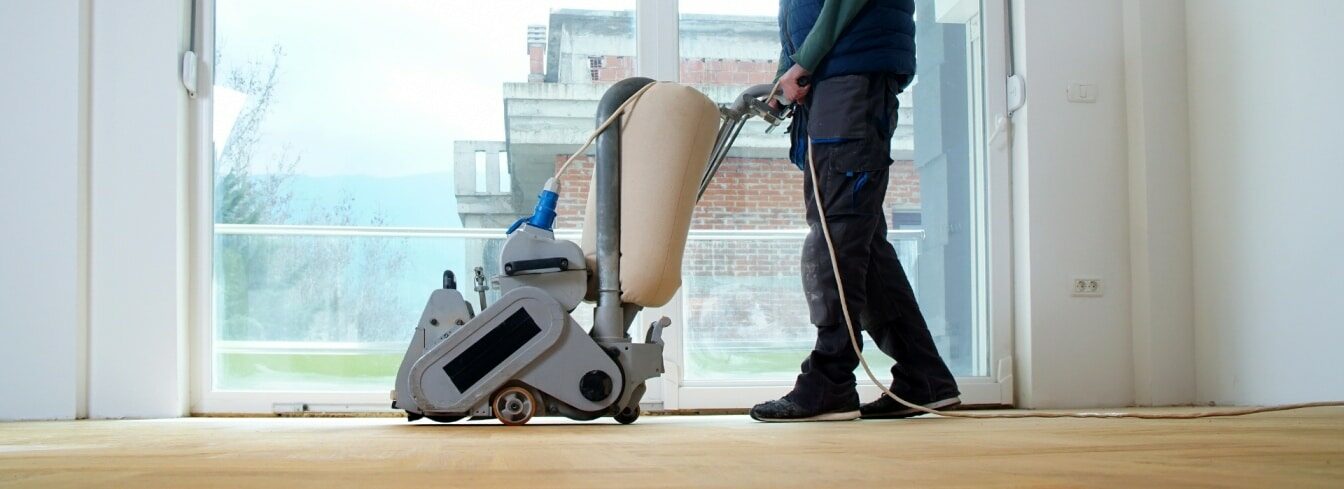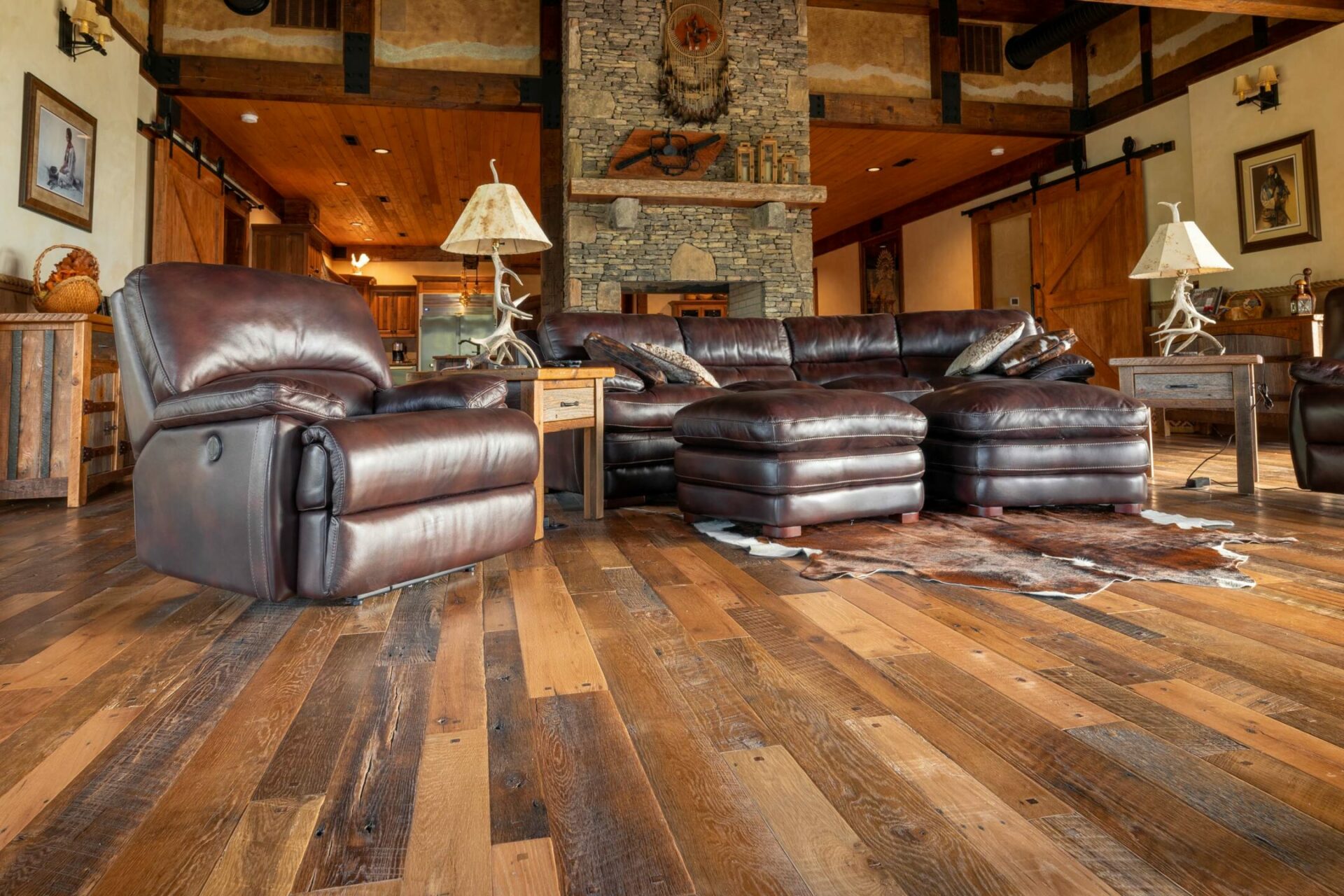London:
Nationwide:
The Differences Between Drum Sanding and Belt Sanding
Posted on August 22, 2023
Drum sanding
Differences Between Drum Sanding & Belt Sanding in Woodworking
The world of woodworking and carpentry is filled with tools and techniques designed to achieve the perfect finish on a piece of wood. Among these tools are sanders, specifically drum sanders and belt sanders. Both play pivotal roles in refining wood surfaces but serve distinct purposes and have unique characteristics. In this article, we’ll delve deep into understanding the differences between drum sanding and belt sanding, helping you decide which might be best suited for your next project.
Introduction to Sanding
Before delving into specifics, it’s crucial to understand the basic concept of sanding. Sanding is the act of smoothing or refining a surface by abrasion with sandpaper or a similar material. It’s a technique frequently used in woodworking to prepare materials for staining, painting, or simply to achieve a desired finish.1. Drum Sanding
What is drum sanding?
A drum sander consists of a cylindrical drum wrapped in sandpaper that rotates at a consistent speed. Woodworkers and carpenters feed wood through the sander, which then removes material from the surface to make it smoother.
Advantages of Drum Sanding:
- Thickness consistency: One of the primary uses of a drum sander is to ensure that a piece of wood has a uniform thickness across its surface. This can be particularly valuable when working with veneers or preparing boards for joinery.
- Efficiency: Drum sanders can handle wider boards, making them efficient for sanding large surfaces quickly.
- Fine Finish: Due to their precision, drum sanders often leave a finer finish compared to belt sanders.
Disadvantages of Drum Sanding:
- Cost: High-quality drum sanders can be relatively more expensive than their belt counterparts.
- Maintenance: The sandpaper on drum sanders may need frequent changes, especially if you’re working with resinous woods.
2. Belt sanding
What is belt sanding?
A belt sander uses a loop of sandpaper that moves at high speeds over two rollers. The rapid movement of the sandpaper makes it an aggressive tool capable of removing material quickly.
Advantages of Belt Sanding:
- Rapid Material Removal: For tasks that require significant amounts of wood to be removed quickly, a belt sander shines. It’s particularly useful for shaping and levelling surfaces.
- Versatility: Belt sanders come in both handheld and stationary versions. This flexibility means you can either take the sander to the workpiece or vice versa, depending on the task.
- Cost: Generally, for those just starting out in woodworking, belt sanders can be a more affordable choice.
Disadvantages of Belt Sanding:
- Aggressiveness: The same quality that makes belt sanders great for rapid material removal can also be a disadvantage. If not used carefully, it’s easy to remove too much material or create gouges in the wood.
- Finish: Because they are more aggressive, belt sanders may not leave as fine a finish as drum sanders. Often, a secondary sanding with finer grit paper or another type of sander may be necessary.
Practical Applications of Drum and Belt Sanding
Drum Sanding in Cabinet Making:
One of the most common applications of drum sanders is in cabinetmaking. Achieving uniform thickness across panels ensures that the final assembled piece not only looks cohesive but also fits together perfectly. The precision of drum sanders also allows for exact measurements, which are crucial in cabinet assembly.Belt Sanding in Restoration Work:
Restoration, especially of older furniture or wooden structures, often requires the removal of old finishes, paints, or varnishes. The aggressive nature of belt sanders makes them an ideal choice for stripping away years, if not decades, of wear and tear. The handheld nature of many belt sanders also allows craftsmen to work on-site, an invaluable benefit in restoration projects.Considerations When Choosing Sandpaper Grit
One aspect that’s often overlooked but can significantly impact the result is the choice of sandpaper grit.- Coarse grits (40–60) are best suited for rapid material removal, such as evening out rough lumber. This is where belt sanders, with their aggressive nature, can truly shine.
- Medium grits (80–120) provide a balance between material removal and surface smoothing. They can be used on both drum and belt sanders, but are often the starting point for drum sanding to ensure a smoother finish.
- Fine grits (150 and above) are primarily used for finishing touches. On a drum sander, these finer grits ensure that the wood surface is perfectly prepped for staining or varnishing.
The environmental perspective
Modern woodworking places emphasis not only on craftsmanship but also on sustainability and environmental responsibility.- Dust Management: Both sanding methods produce dust. However, stationary drum sanders often come equipped with better dust collection systems. Ensuring efficient dust collection not only provides a healthier work environment but also ensures better visibility and accuracy in your work.
- Sustainable Sandpapers: With a move towards sustainability, many manufacturers now offer sandpapers made from recycled materials or sustainably sourced abrasives. Whether using a belt or drum sander, consider the environmental impact of your consumables.
Technological Advancements
Lastly, it’s worth noting that, as with all tools, technology continues to influence the evolution of sanders.- Variable Speed Control: Modern sanders, especially belt sanders, now come with variable speed controls. This allows craftsmen to adjust the sanding aggression based on the task at hand.
- Digital Thickness Readouts: Some high-end drum sanders now feature digital readouts, ensuring the precision of the material being removed down to fractions of an inch.
When to Use Which Sander?
Drum Sander: If your primary need is achieving a consistent thickness across large boards or you’re preparing veneers, a drum sander is an invaluable tool. It’s also excellent for final preparations before staining or finishing when you need a particularly smooth surface. Belt Sander: If you’re faced with rough boards, old paint, or the need to level out uneven surfaces, a belt sander is the right tool for the job. Its aggressive nature allows it to reshape and prepare wood faster than a drum sander would.Safety Tips
Regardless of which sander you’re using, always remember to:- Wear safety goggles and a dust mask.
- Always sand in the direction of the wood grain.
- Keep hands and clothing away from moving parts.
- Use the right grit of sandpaper for the job.

Conclusion
Both drum sanders and belt sanders have their rightful place in the workshop. Understanding their distinct advantages and limitations ensures that you can make the most of each tool, achieving the desired finish and precision in your woodworking projects. Always remember that with power tools, safety should be paramount. Happy sanding!Some Useful Links:
- Stairs Sanding & Refinishing
- Floor Sanding Services
- School Floor Sanding
- Wood Floor Restorations
- Wood Floor Repairs
- Wood Floor Polishing
More from our Blog:
How to Sand and Refinish Wooden Floors with a Drum Sander Drum Sanding Techniques for Removing Old Stains and Finishes The Most Common Mistakes in Drum Sanding Wooden Floors The Best Drum Sander Brands for Professional Floor Sanding The Pros and Cons of Drum Sanding versus Orbital Sanding
Sanding
We provide virtually dust-free sanding with our continuous belt machinery with mobile extraction units, giving you a safer environment for your family.
Oiling
This organic finish not only adds beauty to your home but also has exceptional water-repellent characteristics, making it easier to clean and maintain.
Waxing
This natural floor finish offers the softest and most mellow appearance – and leaves your floor able to breath.
Buffing
Using soft buffing machines (and hand-polishing where required) will bring a wonderful sheen to your newly-finished floor.
Repairs
We offer a full assessment of your wooden floors to determine what repairs are needed to provide the perfect working surface for the later stages of sanding, staining and sealing.
Restoration
We offer a comprehensive restoration process designed to address floors that are improperly fitted or damaged over time through wear and tear.
Request a fixed price quote for your wood floor restoration now
Simply enter your postcode below to get started.
Services
Wood Floor Sanding Wood Floor Restoration Wood Floor Scratch Repair Squeaky Wood Floor Repair Parquet Floor Sanding Parquet Floor Restoration Commercial Floor Sanding Church Floor Sanding Community Centre Floor Sanding School Floor Sanding Gap Filling Gap Filling with ResinCopyright © Mr Sander®
Privacy & Cookies Terms & Conditions Complaints Procedure Cancellation Rights Sitemap





